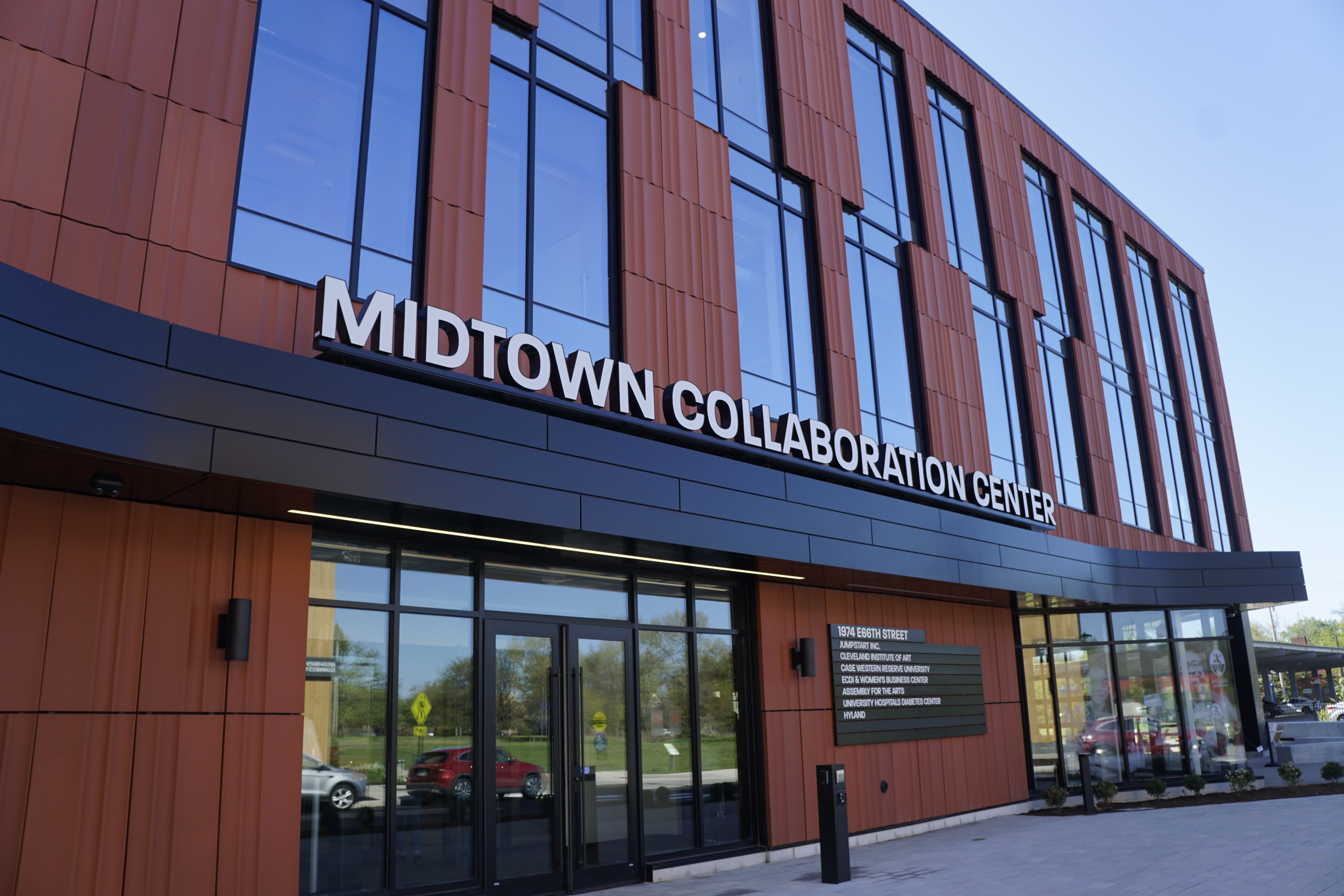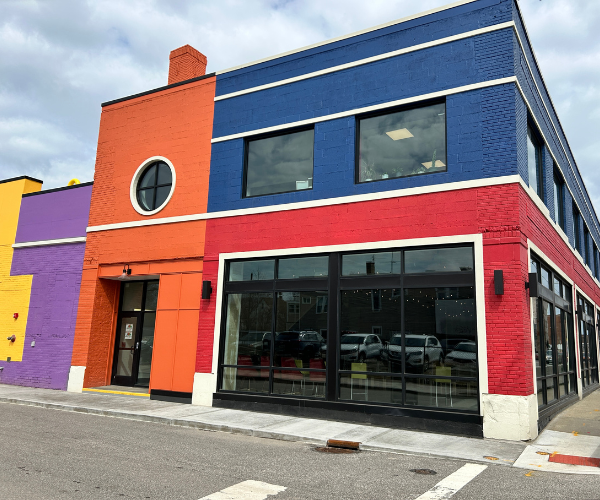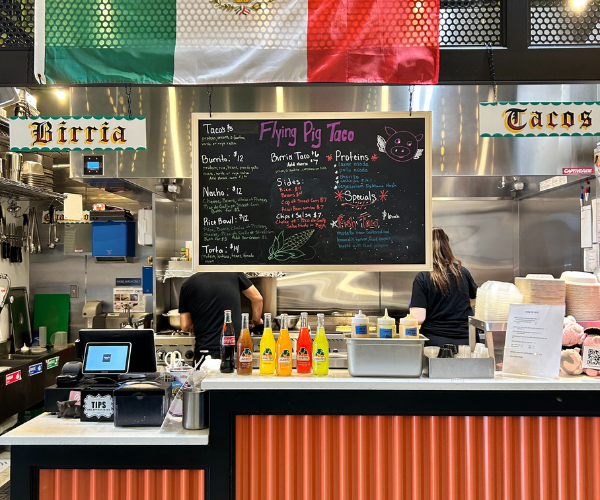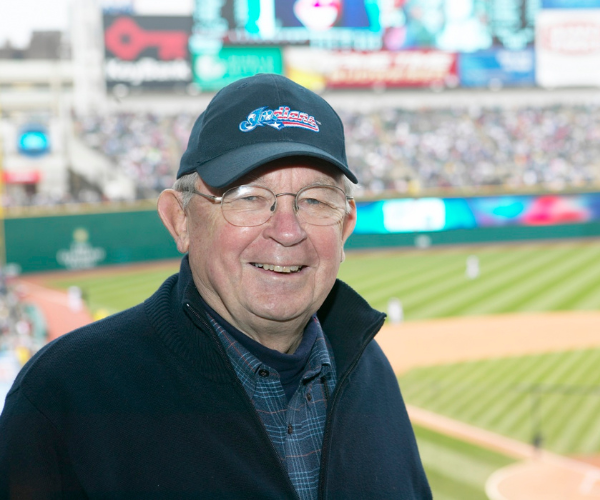Do Good: "Doing Good Is About Collectivism"
by Ken Schneck | Nov. 27, 2018 | 1:00 PM

by Ken Schneck | Nov. 27, 2018 | 1:00 PM


by Annie Nickoloff

by Lauren Bischof

by Annie Nickoloff

by Jaden Stambolia

by Lainey Novak

by Lainey Novak

by Julia Lombardo

by Annie Nickoloff

by Annie Nickoloff